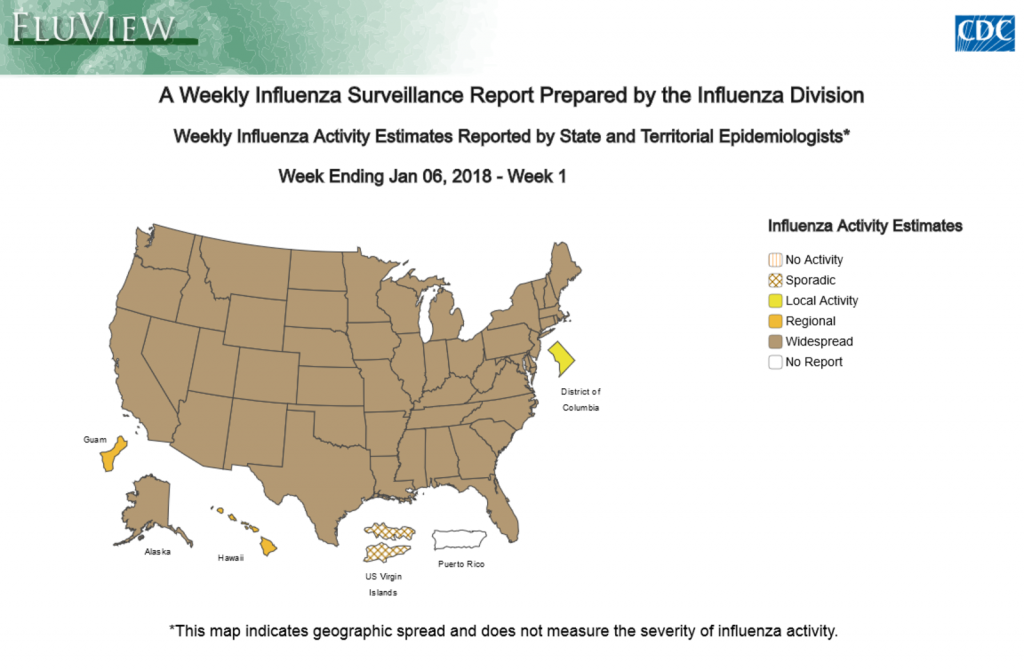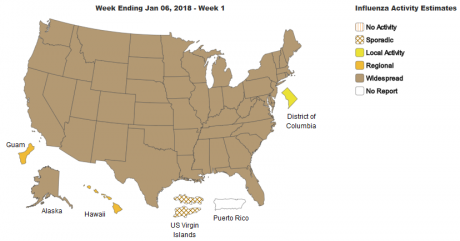Having to plan for COVID around cold and flu season has certainly given us more to be concerned about in the coming months. Now is the best time to begin preparing your body to fight off illness.
In The Coronavirus Handbook, author Tess Pennington outlined some necessary points to keep your immune system as strong as possible during the time of year when you are most susceptible to illness.
It is important to emphasize that herbs cannot cure a highly contagious virus, but they can certainly help boost your immunity. Turning toward natural remedies now will give you the knowledge and skills you need to keep your family well during flu season and in the event of a pandemic flu.
When you begin feeling that your body is run down, it is time to start actively working to boost the immune system. By doing so, you are fighting off the infection before it overtakes your body, thus, significantly reducing being prone to colds and flu. You can help give your body the edge this winter by trying the following:
- Herbal tinctures are natural medicines that help with a variety of ailments. You can stimulate your immune system function to help shorten the physical and mental recovery periods of illnesses.
- Herbal teas that boost and even fortify your immune system during cold and flu season. Finding teas that have bioactive ingredients like echinacea, yarrow, lemon balm, elderberry, and marshmallow help you feel better naturally! Drinking any warm liquid calm our nerves, lower our stress levels, and decrease blood pressure as warmth itself is associated with comfort.
…click on the above link to read the rest of the article…







 Flu cases generally peak during the winter in most areas of the United States because the air is quite a bit drier.
Flu cases generally peak during the winter in most areas of the United States because the air is quite a bit drier.











